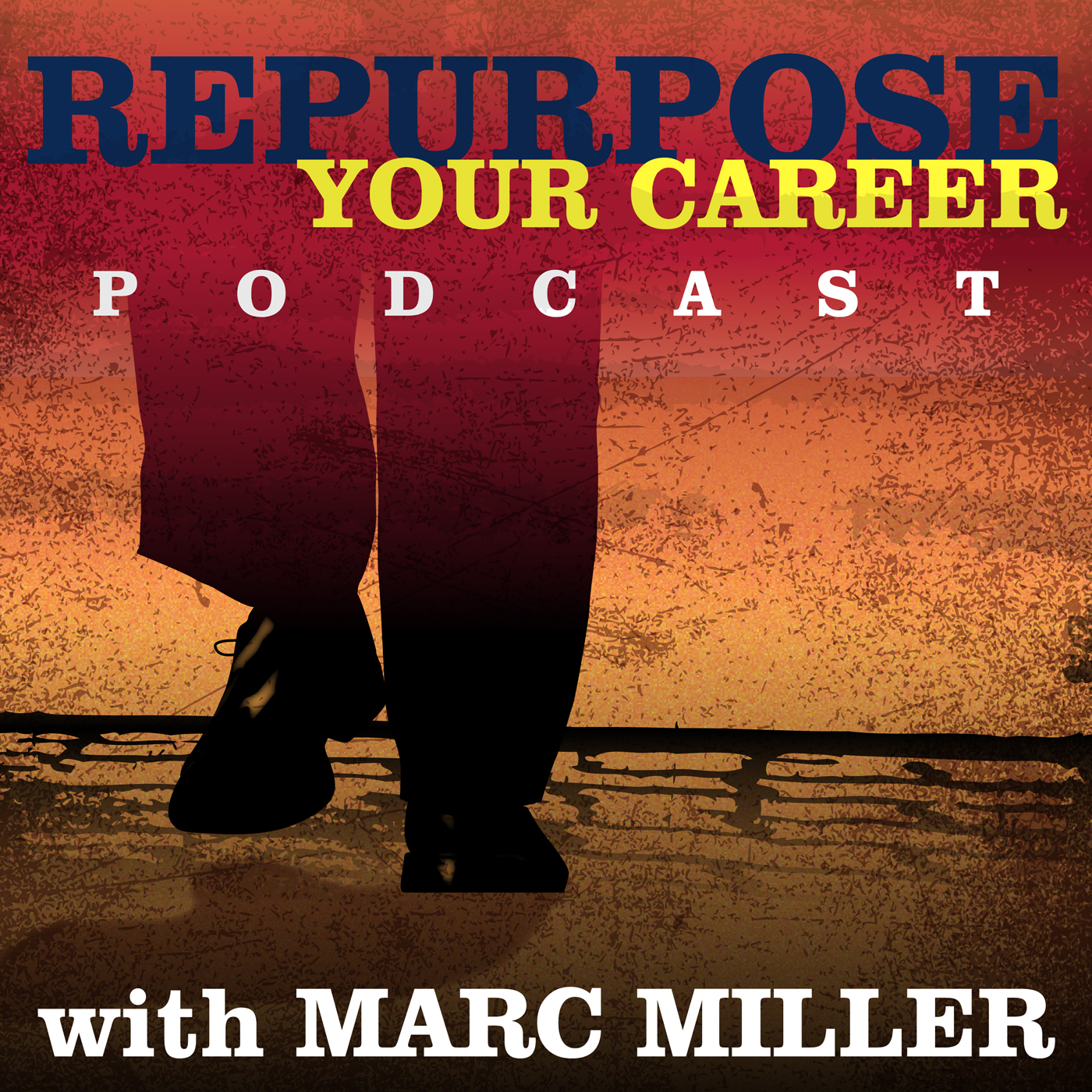Default Path
 A lot of baby boomers, including myself, took the default path in our careers. We waited for opportunities to appear, and then we reacted.
A lot of baby boomers, including myself, took the default path in our careers. We waited for opportunities to appear, and then we reacted.
We let others dictate the path our careers followed.
I know I sure did!
I graduated from Northwestern University with an engineering degree in the late 1970s. I took a job with IBM developing word processors.
Why? Because IBM was a safe company to work for.
But…I hated it!
Note: This post was originally published in March of 2016 and was updated in March of 2020.
After three years, I broke clean for a short while to take a baby boomer walkabout. I went on a four-week vacation to hike parts of Colorado, Utah, and the Grand Canyon. It was unheard of for anyone with my level of experience to take so much time off. In fact, I convinced my boss to give me two weeks off without pay.
I came back energized. I met my wife the first week I was back.
Of course, I eventually returned to the default path, letting others dictate my career.
Listen to the most recent episode


Marc Miller
Discover the Perfect Destination for Your Retirement or Remote Work Abroad #337
Oh well…
Breaking from the Default Path
During the holiday season of 1992, I ruptured the L4/5 disc in my back. I spent three months at home recovering. This was at the time that IBM was going through their near bankruptcy. I returned with a clear head.
What I saw when I returned to work were many colleagues who were told to retire. They were not prepared financially or emotionally to retire. They were also very institutionalized. All they knew of the work or business world was IBM. I wrote about this in my post 3 Signs You Are Institutionalized Like Brooks at Shawshank.
This was a huge wakeup call for me.
This time, I did not take the default path. Almost immediately, I asked for a transfer into an elite sales group or briefing center. This was the catalyst for my leaving IBM seven years later.
From this point on, I stopped taking the default path. I was in control of my choices.
Losing My Pension
In 1999, IBM decided to convert our defined benefits pension plan to a cash balance plan. Later they did an about-face move and restored the defined benefits pension plan for many of us between 40 and 50 years of age but they eliminated most of the retiree health benefits. This was a huge cut because I was eligible to retire at the age of 52. That was 13 years worth of health insurance that I was losing.
I decided it was time to leave. IBM had moved my cheese. I left in early 2000 to work for Agere Inc. which was acquired by Lucent Technologies. It was the smartest financial and career decision that I have ever made.
I was no longer following the default path.
The Danger of Following the Default Path
I am working with several clients who followed the default path. They took what was available at the time and followed that career path for many years.
Numerous salespeople I work with make me wonder how they got into sales in the first place. They became good at sales, but with the internet and technology becoming so prominent, the need for salespeople at all levels is being eliminated. They are not natural salespeople, and when they have problems making quotas or sales goals, it is brutal on them emotionally. It used to happen occasionally, now it is happening far more often. Following the default path has left these people tired and depressed.
Sound familiar?
I have met so many people who chose their career path because it was there all the time.
The Educational Default Path
Generation Y is the most educated generation in history. Due to the fact that this generation started to enter the job market right smack in the middle of the great recession drove many to stay in school.
Did they pick marketable degree programs? Many did not. I have met and worked with multiple graduates with PhDs and surprisingly few marketable skills. They did not know what to do, so they stayed in school getting bachelors, masters, and later, doctorate degrees…only to finish with few marketable skills.
These are really smart people with no career direction because they followed the educational default path.
2nd Half of Life
For many who have taken the default path, creative destruction is wreaking havoc with their careers.
What are your choices?
The first step is to change your mindset. Your employer is not going to take care of you anymore. You will need to move from a fixed to a growth mindset. I know my mindset has shifted dramatically in the past couple of years as I made the decision to become an ex-pat in Mexico.
Next is to accept the fact that you will likely work into your 70s and beyond. This takes planning and if you do not plan you could end up like one of my Career Pivot Community members that was described in the New York Times article Why Working Till Whenever Is a Risky Retirement Strategy. You may notice that this article was written by the other Mark Miller.
Working in 2nd half of life will be different. You will be self-employed, even if you work as an employee you are still self-employed because you will be a contractor. I highly recommend you read and listen to the following:
- The Self-Employment Mindset: What You Need to Succeed [Guest Post]
- Diane Mulcahy and the Gig Economy [Podcast]
- How Are You Planning for Your 100-Year Life? [Podcast]
- Mindset And Belief Systems In The 2nd Half Of Life
Are You Still Following the Default Path?
We have a lot of life in us and if you are still on the default path now is the time to plan for the future. Many of us will live to 100 or perhaps longer. I am now in my 60s and have 30+ years of working life left in me. I am going to choose the path that I want and not take the default path.
What about you?
Are you going to continue following the default path or choose your own direction?
Marc MillerLike What Your Read? Get Career Pivot Insights
Do You Need Help With ...

Check out our Help Center where you have access to 14 different content portals.

